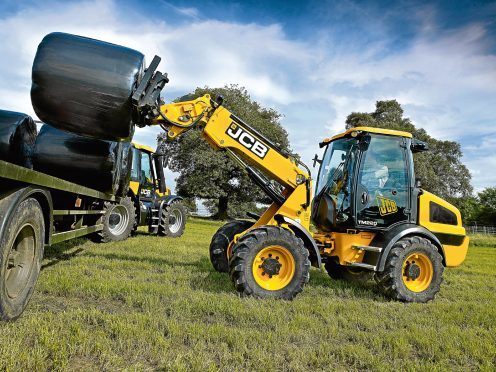New land taxes could penalise new entrants from getting into the farming sector, according to the Scottish Tenant Farmers’ Association (STFA).
The organisation claims the Land and Business Transaction Tax (LBTT), which was introduced in April 2015 to replace Stamp Duty Land Tax, will penalise new entrants by levying a tax on new lettings and the assignation of existing tenancies.
It is now calling on the Scottish Government to exempt agricultural tenancies from LBTT and seeking support from other industry partners for its demands.
STFA chairman Christopher Nicholson said research conducted on behalf of the association had confirmed that one of the unintended and unknown consequences of LBTT was the impact it would have on the farm letting market and the assignation of secure 1991 tenancies.
He said tenants would be liable to make regular LBTT payments if their lease period was longer than seven years, if they bought the lease for more than £40,000, and in some cases on the net value of future rent payments.
“The new tax regime typically affects leases granted after 1st April 2015, usually 10 year minimum Limited Duration Tenancies, but a 1991 lease being re-granted for tax purposes will also be liable,” said Mr Nicholson.
“So tenants should be wary of a landlord’s request for a new 1991 lease to address his tax concerns.”
He said tenants taking on a long-term limited duration tenancy would find themselves in great difficulty as they would be taxed on the accummulated rent over the period of the lease.
“For example, a 20-year lease of a 400-acre farm with an annual rent of £15,000 would create rental payments over the 20 year period of £300,000 giving rise to a tax bill of over £4,000 to be paid at the start of the lease,” added Mr Nicholson.
“Rent rises over the period of the lease could give rise to subsequent tax demands.”
He said LBTT for agricultural tenancies was a “penal treatement of the let sector”.
“It flies in the face of government policy to encourage longer-term tenancies and the transfer of existing tenancies to new entrants and developing farmers,” added Mr Nicholson.
“STFA has already brought this to the attention of the Scottish government and will be seeking the support of fellow stakeholders to lobby for an exemption for the agricultural tenanted sector.”
A spokesman for landowners body Scottish Land and Estates said: “We would urge all parties, both landlord and tenant, to take legal and tax advice before entering into any form of property transaction.”
A Government spokeswoman said: “The Scottish Government is aware of the concerns that have been expressed by the STFA and will consider the position as part of our ongoing approach to the planning and management of the devolved taxes.”
